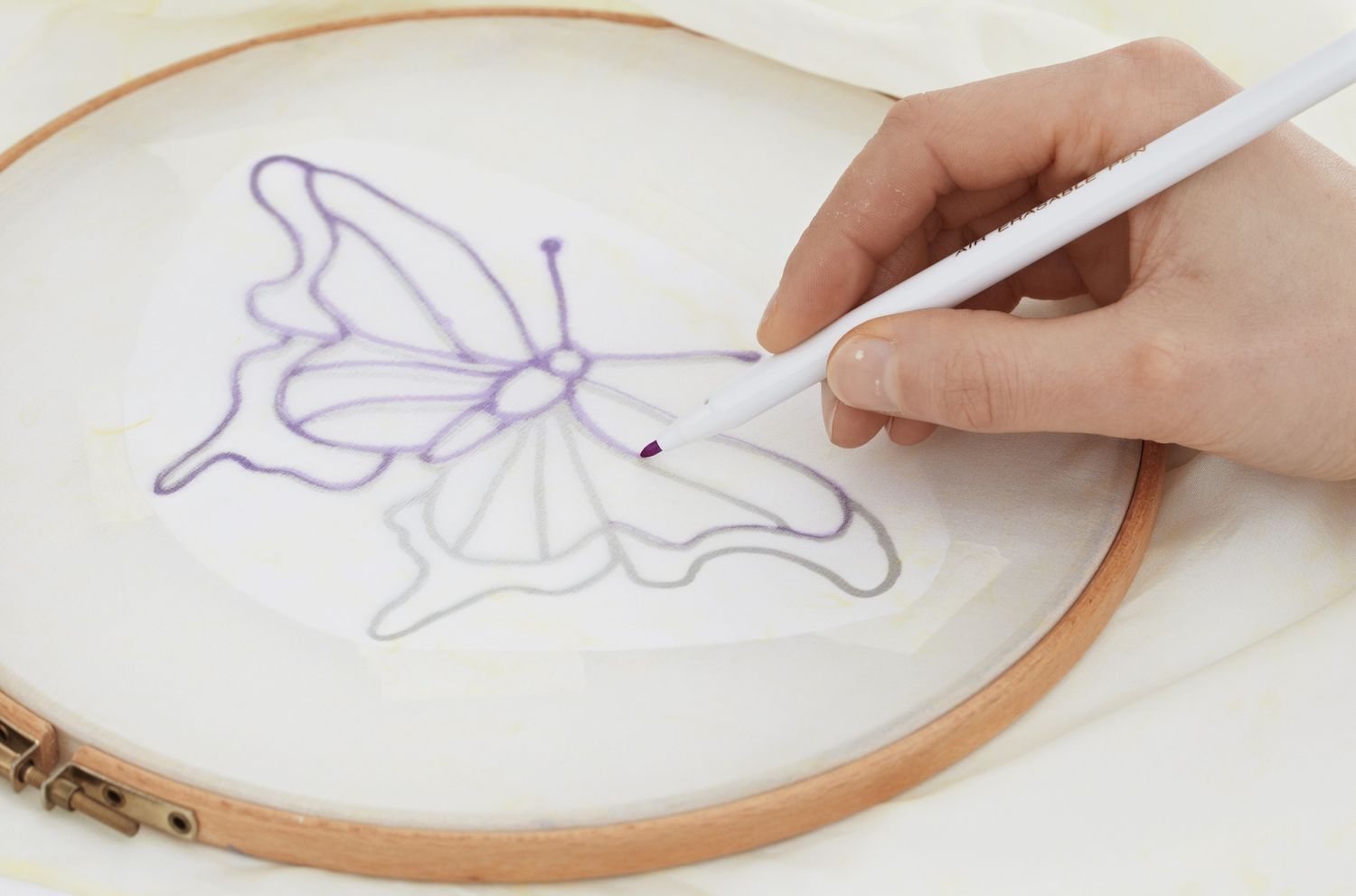How Heat Press Embroidery Works
Heat press embroidery is a popular method of applying designs and logos to fabric. This technique combines heat transfer and embroidery to create durable and visually appealing embellishments on various textiles. In this article, we will explore how heat press embroidery works, the benefits of this technique, and its applications across different industries.
What is Heat Press Embroidery?
Heat press embroidery is a process that involves transferring a design onto fabric using heat and pressure. This method typically utilizes a heat press machine, which applies a specific temperature and pressure to adhere the design to the fabric. Unlike traditional embroidery, which involves stitching the design onto the fabric, heat press embroidery combines the precision of heat transfer with the texture of embroidery to create unique results.
The Heat Press Embroidery Process
1. Design Creation
The first step in heat press embroidery is creating a design. This design can be generated using graphic design software or obtained from pre-existing templates. The design is then converted into a format compatible with the heat press machine. Common formats include SVG, PNG, and EPS. Additionally, the design may need to be adjusted to ensure it can be effectively transferred onto the fabric.
2. Material Selection
Choosing the right material is crucial for successful heat press embroidery. Common fabrics used include cotton, polyester, and blends. Each material has its unique properties that affect how well the heat transfer adheres. It’s essential to consider the fabric’s composition and weight when selecting the appropriate material for the project.

3. Preparing the Heat Press
Once the design and material are ready, the heat press machine must be prepared. This involves setting the appropriate temperature, pressure, and time for the transfer process. Different materials and transfer types may require varying settings, so it’s important to refer to the manufacturer’s guidelines for optimal results.
4. Cutting the Design
After preparing the heat press, the design needs to be cut out from heat transfer vinyl (HTV) or other suitable materials. A cutting machine, such as a vinyl cutter, is often used to achieve precise cuts. Once the design is cut, any excess material is weeded away, leaving only the intended design for transfer.
5. Positioning the Design
Next, the cut design is carefully positioned on the fabric. Accurate placement is vital for achieving a professional finish. To ensure proper alignment, many operators use tools like rulers or alignment guides. Once positioned, a protective sheet, such as parchment paper or a Teflon sheet, is placed over the design to protect both the heat press and the fabric during the transfer process. https://www.industrialandsafetywarehouse.com.au/heat-press-sydney/
6. Applying Heat and Pressure
With everything in place, it’s time to close the heat press and apply heat and pressure. The heat press machine generates heat that activates the adhesive on the heat transfer material, bonding it to the fabric. The time and pressure settings play a significant role in ensuring the design adheres correctly. After the designated time has elapsed, the heat press is opened, and the protective sheet is removed.
7. Finishing Touches
Once the design has been transferred, the fabric may require additional finishing touches. This can include pressing the fabric again to ensure the design is securely adhered or trimming any excess material. After this step, the heat press embroidery is complete, and the finished product can be inspected for quality.
Benefits of Heat Press Embroidery
1. Durability
Heat press embroidery offers exceptional durability compared to traditional printing methods. The heat transfer material bonds firmly with the fabric, ensuring that the design withstands regular washing and wear. This makes heat press embroidery an ideal choice for uniforms, sportswear, and promotional items.
2. Versatility
This method can be used on a wide variety of fabrics, including cotton, polyester, and blends. This versatility allows for the customization of different items, from t-shirts and hoodies to bags and caps. The ability to use different materials means that businesses can offer a broader range of products to their customers.
3. Cost-Effectiveness
Heat press embroidery can be a cost-effective solution for small to medium-sized production runs. The initial investment in a heat press machine may be higher than other methods, but the lower costs associated with materials and labor make it an economical choice for businesses looking to produce custom items without breaking the bank.
4. Quick Turnaround
One of the significant advantages of heat press embroidery is the quick turnaround time. Once the design is created and materials are prepared, the actual transfer process is relatively fast. This allows businesses to fulfill orders more efficiently, especially during peak seasons or promotional events.
Applications of Heat Press Embroidery
1. Sports Teams and Uniforms
Heat press embroidery is commonly used in the sports industry for creating team uniforms, jerseys, and fan apparel. The durability and vibrant colors of heat press designs make them perfect for athletic wear that endures rigorous use.
2. Promotional Items
Businesses often utilize heat press embroidery for promotional items like tote bags, caps, and jackets. Custom-branded items can enhance brand visibility and serve as effective marketing tools during events, trade shows, and giveaways.
3. Fashion and Apparel
In the fashion industry, heat press embroidery allows designers to create unique pieces that stand out. From trendy graphics on streetwear to elegant embellishments on formal wear, this technique offers endless creative possibilities.
4. Corporate Branding
Corporate branding often involves customizing apparel for employees, such as polos, shirts, and jackets. Heat press embroidery provides a professional and polished look, reinforcing brand identity while ensuring employees present a cohesive image.
Conclusion
Heat press embroidery is a versatile and efficient method for adding custom designs to fabric. Understanding the process, benefits, and applications of this technique enables businesses and individuals to make informed decisions when seeking high-quality embroidery solutions. Whether for sports teams, promotional items, or fashion apparel, heat press embroidery offers a durable and visually appealing option that can elevate any textile project.
